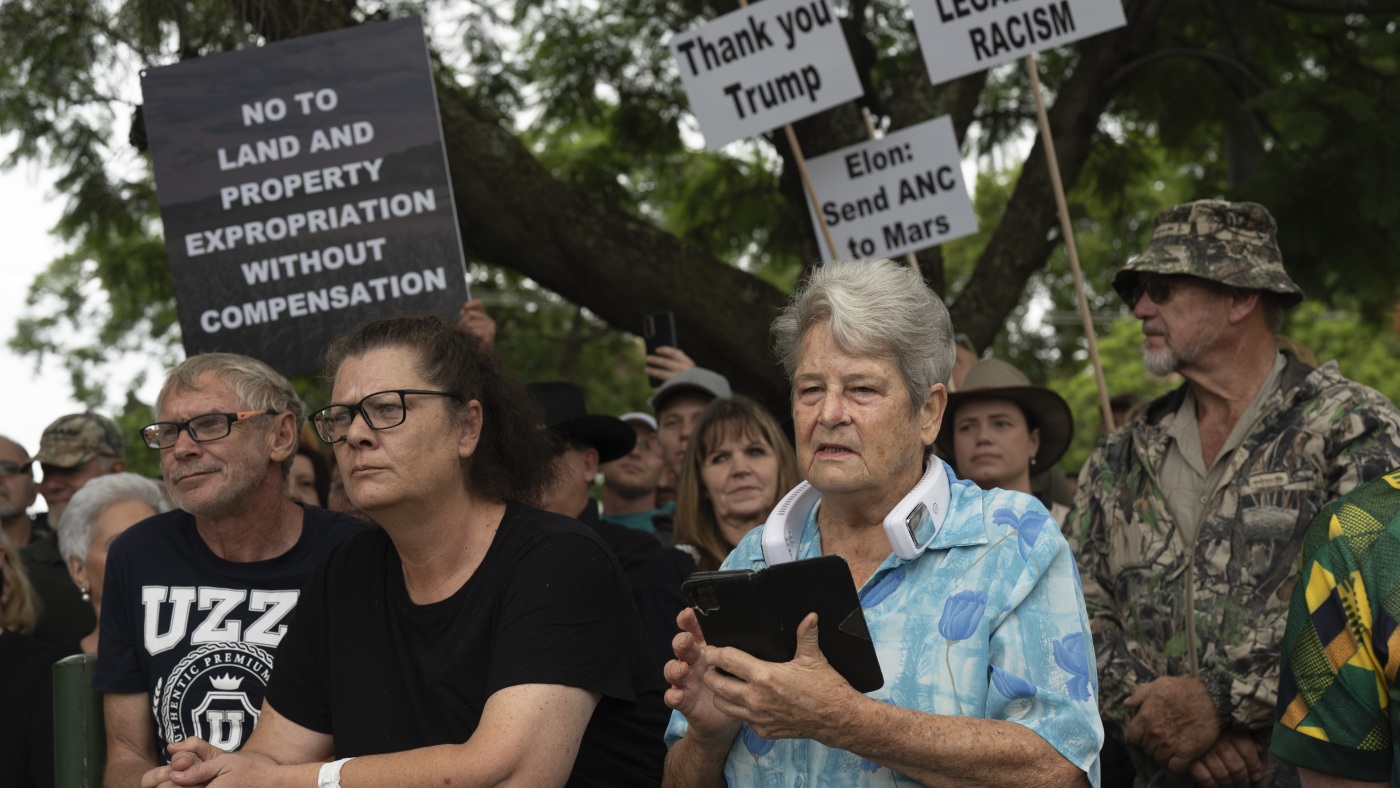“`markdown
The arrival of white South African Afrikaners in the U.S. as refugees under the Trump administration represents a watershed moment in immigration policy, laden with political, social, and diplomatic complexities. This report unpacks the layers of this decision, examining its origins, execution, and the controversies it has ignited.
An Unprecedented Refugee Policy Shift
The Trump administration’s executive order granting refugee status to white Afrikaners marked a stark departure from traditional U.S. asylum protocols. Signed three months ago, the order cited “targeted persecution” due to South Africa’s land reform laws, which aim to redress historical inequities by redistributing land to Black citizens. The first cohort of 49 refugees—families, elderly individuals, and young couples—arrived in Washington, D.C., after a chartered flight from Johannesburg, refueling in Dakar.
Critically, this decision unfolded against a backdrop of near-total suspension of other refugee programs, raising questions about selectivity. The administration defended the move as a humanitarian intervention, while detractors labeled it a politically charged gesture aligned with far-right narratives.
South Africa’s Firm Rejection
The South African government responded with unequivocal denial, dismissing claims of systemic persecution as “disinformation.” President Ramaphosa’s office emphasized that land reforms were race-neutral and rooted in restorative justice, not retribution. Officials accused the U.S. of undermining South Africa’s sovereignty by legitimizing fringe narratives, further straining bilateral relations.
Notably, figures like Elon Musk amplified concerns about white farmers’ safety, despite crime statistics showing violence affects all racial groups. This disconnect between perception and reality fueled diplomatic tensions, with South Africa demanding evidence for the U.S.’s claims.
The Mechanics of Migration
Logistically, the refugees’ journey was facilitated by Omni Air International, a Tulsa-based firm. Their arrival circumvented standard refugee vetting processes, which the administration had largely frozen. This ad hoc approach drew scrutiny: Why were Afrikaners fast-tracked while refugees from conflict zones like Syria faced barriers?
The administration’s rationale hinged on the “unique vulnerability” of white farmers, a claim critics argued was unsupported by objective data. The selective prioritization echoed broader debates about race and immigration in Trump-era policies, where cultural affinity appeared to influence humanitarian criteria.
Controversies: Perception vs. Reality
Central to the debate is whether white Afrikaners face institutional persecution. While land reforms have sparked anxiety, South Africa’s constitution prohibits racial discrimination. Crime rates, though high, are not exclusively anti-white, as the government and independent analysts stress.
The Trump administration’s framing resonated with its base, reinforcing a narrative of “white displacement” popular in right-wing media. However, this ignored South Africa’s nuanced reality, where economic inequality—not state-sponsored racism—drives societal tensions. Critics saw the policy as a cynical ploy to galvanize domestic support rather than address genuine refugee crises.
Broader Implications: Policy and Diplomacy
Conclusion: A Defining Moment with Lasting Repercussions
The Afrikaner refugee episode transcends a single policy—it reflects the collision of identity politics, historical grievances, and geopolitical posturing. For the U.S., it underscored the dangers of conflating humanitarian aid with partisan agendas. For South Africa, it became a test of resilience against external narratives distorting its democratic journey.
As the refugees begin new lives, the world confronts a pressing question: When humanitarian interventions are filtered through ideological lenses, who truly benefits? The answer may shape not just future refugee policies but the very ideals of equity and justice that underpin global cooperation.
“`











